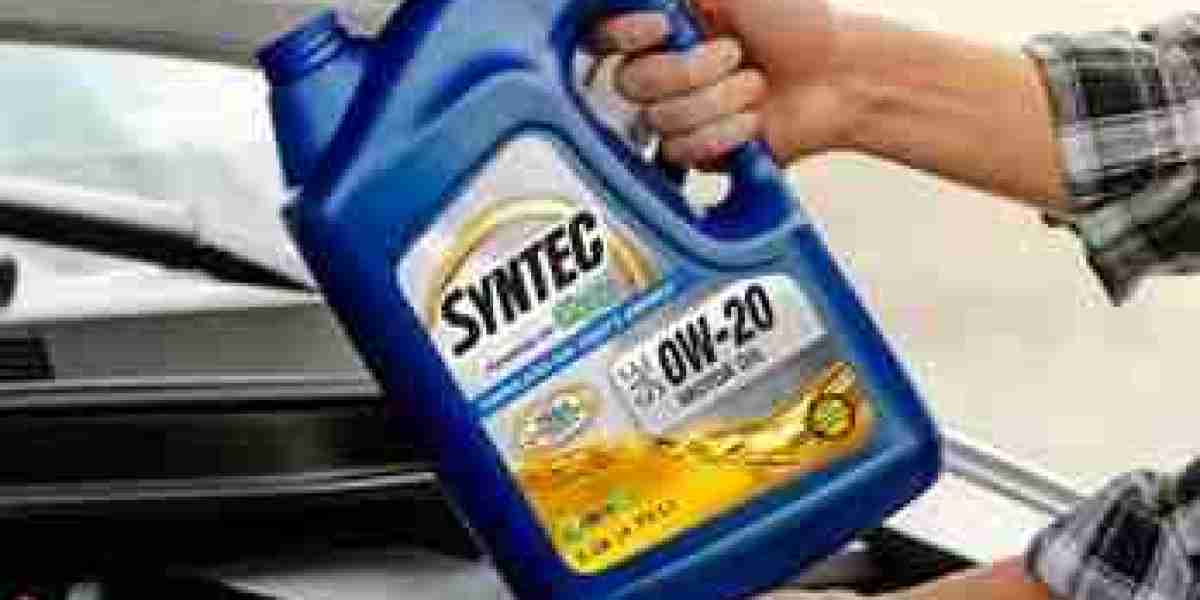Maghanap
Mga Sikat na Post
-
 Купить диплом специалиста.
Sa pamamagitan ng Chana Dexter
Купить диплом специалиста.
Sa pamamagitan ng Chana Dexter -
 Купить диплом о высшем образовании с занесением в реестр.
Sa pamamagitan ng Reynaldo Kaler
Купить диплом о высшем образовании с занесением в реестр.
Sa pamamagitan ng Reynaldo Kaler -
 Купить свидетельство о заключении брака.
Sa pamamagitan ng Wanda Reece
Купить свидетельство о заключении брака.
Sa pamamagitan ng Wanda Reece -
 Купить диплом техникума с занесением в реестр отзывы.
Sa pamamagitan ng Joe Queale
Купить диплом техникума с занесением в реестр отзывы.
Sa pamamagitan ng Joe Queale -
 Купить аттестат за 9 класс.
Sa pamamagitan ng Milan Gaston
Купить аттестат за 9 класс.
Sa pamamagitan ng Milan Gaston
Mga kategorya
- Mga Kotse at Sasakyan
- Komedya
- Ekonomiks at Kalakalan
- Edukasyon
- Aliwan
- Mga Pelikula at Animasyon
- Paglalaro
- Kasaysayan at Katotohanan
- Live na Estilo
- Natural
- Balita at Pulitika
- Tao at Bansa
- Mga Alagang Hayop at Hayop
- Mga Lugar at Rehiyon
- Agham at teknolohiya
- Palakasan
- Paglalakbay at Mga Kaganapan
- Iba pa








